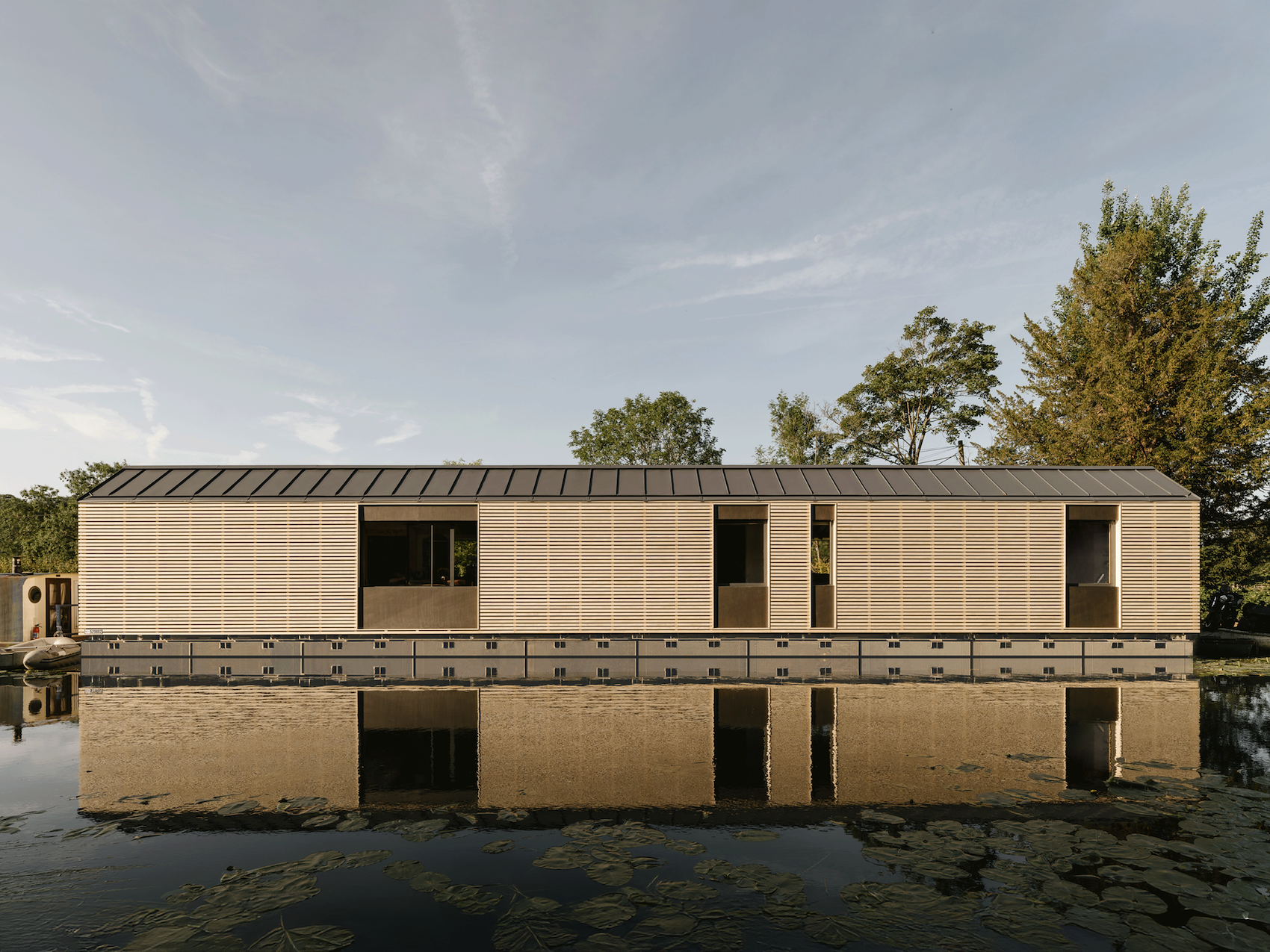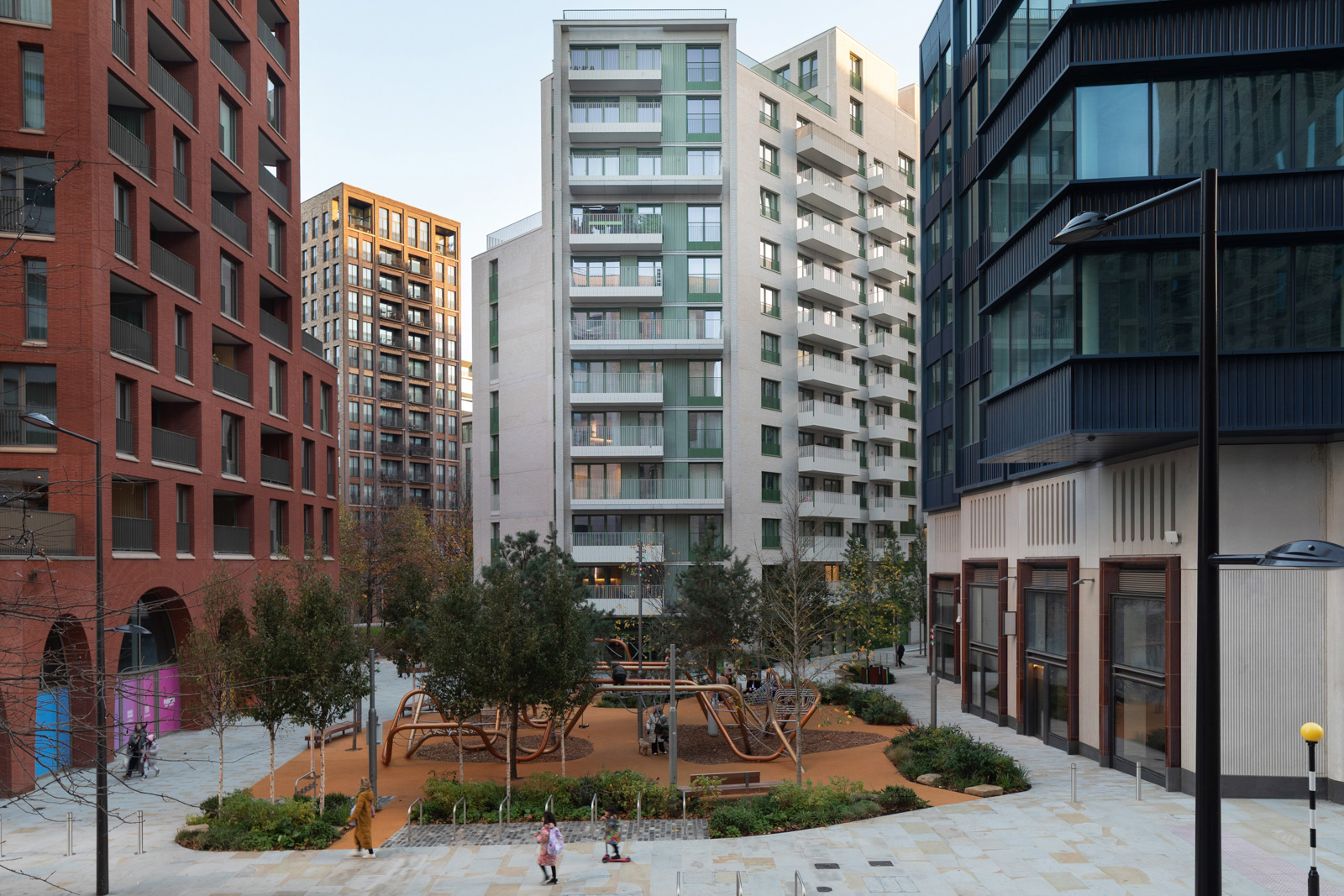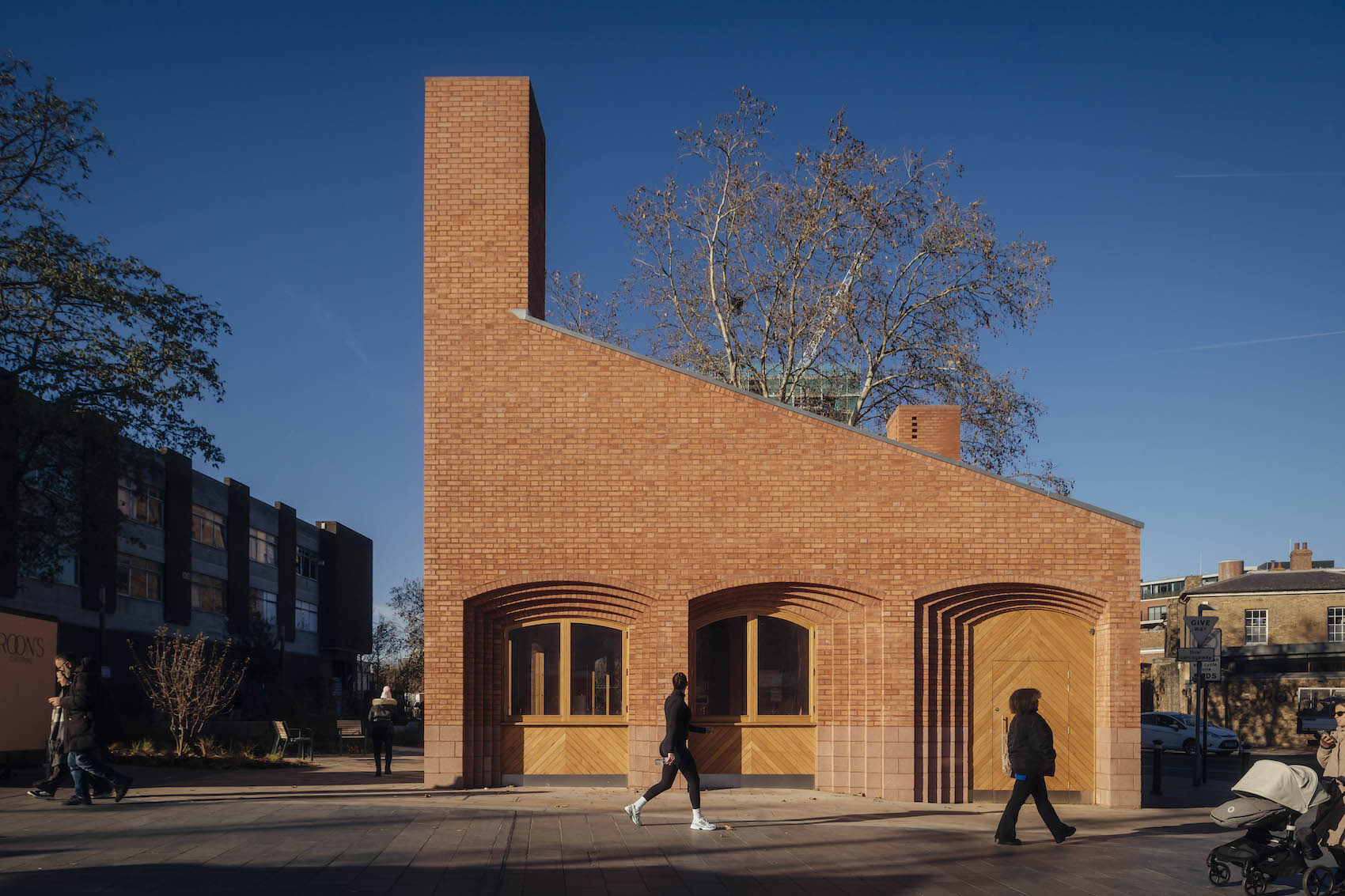UK Architects Declare has published a 43-page guide, the Regenerative Design Primer, to help architects and other designers lead the transition towards regenerative design.
Hackbridge Primary School by Architype. Credit: Jack Hobhouse.
Our current trajectory in the built environment is unsustainable, pushing us beyond critical planetary boundaries. But amidst this daunting reality, the Regenerative Design Primer (download link at the bottom of this article) from UK Architects Declare maps out a path for those looking to practice regenerative design.
Structured around the RIBA Workstages, the Primer is founded on 3 key principles of regenerative design – Being a good ancestor; Co-evolving with nature; Creating a just space for people – and uses examples from existing built environment design to illustrate ‘regenerative traits’.
It supports the new Regenerative Architecture Index (take part here), adopting the same core principles and with guidance and explanation to inform your practice and application.
Why the need for regenerative design?
In 2023, the Stockholm Resilience Centre sounded the alarm, revealing that we’ve breached six of nine planetary boundaries essential for our survival. Despite decades of sustainability efforts, we find ourselves on a destructive path, prioritising short-term gains over long-term sustainability. It’s evident that continuing with business as usual won’t reverse this crisis; instead, we need a fundamental shift toward regenerative practices.
Regenerative design embodies a holistic mindset, acknowledging the interconnectedness of all systems. It calls for “seventh generation” thinking, urging us to consider the impact of our actions on future generations, spanning centuries. It’s a call to expand our horizons beyond local or national scales and embrace the planetary perspective, recognising our embeddedness in the intricate web of ecological systems.
The role of the regenerative designer is pivotal in this transition. They nurture a vision of a flourishing future, catalyse the shift from degenerative to regenerative practices, and actively combat destructive patterns. However, this transition cannot be achieved in isolation. Collaboration across disciplines, sectors, and communities is essential to drive systemic change.
UK Architects Declare has been at the forefront of advocating for regenerative design since declaring a climate and biodiversity emergency in 2019. The Primer serves as a compass for architects and designers committed to shaping a sustainable future. It outlines practical steps, fosters a common language, and instils confidence in embracing regenerative principles.
Central to the regenerative paradigm is its departure from traditional sustainability approaches. Regenerative design aims not just to reduce harm but to generate positive impacts for all life forms. It transcends anthropocentrism, encompassing the wellbeing of entire ecosystems. Moreover, it advocates for a holistic, systemic approach, moving beyond a narrow focus on carbon reduction.
While the Primer provides a roadmap for embracing regenerative design, it acknowledges that achieving full regenerativity is an ongoing journey. Projects within a degenerative system can only contribute incrementally to the transition. Therefore, continuous improvement, feedback, and collaboration are essential to refine and expand regenerative practices.
In a world inundated with greenwashing and superficial sustainability claims, the Primer urges us to tread carefully. It emphasises the importance of metrics and targets, steering us towards net positive outcomes across various aspects such as energy, water, biodiversity, and community wellbeing.















